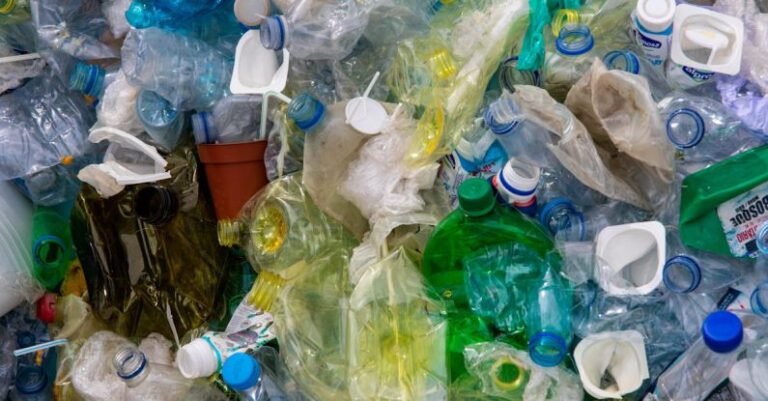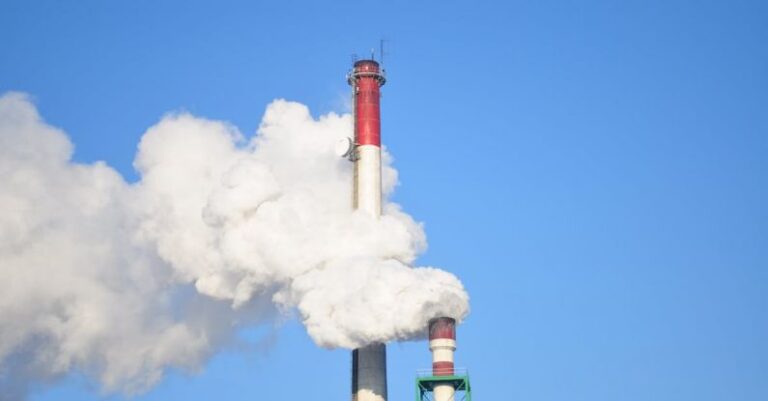
Water scarcity is a pressing global issue that affects millions of people worldwide. As the demand for freshwater continues to rise due to population growth, urbanization, and industrialization, the availability of clean water is becoming increasingly limited. Without access to an adequate supply of water, communities face numerous challenges related to health, sanitation, agriculture, and economic development. In this article, we will explore some of the key solutions to address water scarcity and ensure sustainable water management for future generations.
**Investing in Water Infrastructure**
One of the most effective ways to combat water scarcity is to invest in water infrastructure projects. This includes building dams, reservoirs, pipelines, and water treatment facilities to improve water storage, distribution, and quality. By expanding water infrastructure, communities can better manage their water resources and ensure a reliable supply of clean water for domestic, agricultural, and industrial use.
**Promoting Water Conservation**
Water conservation is essential to reducing water scarcity and preserving freshwater resources for future generations. Individuals, businesses, and governments can all play a role in promoting water conservation through simple actions such as fixing leaky faucets, using water-efficient appliances, and implementing water-saving practices in agriculture and industry. By reducing water waste and promoting responsible water use, we can help alleviate the pressures of water scarcity on our environment and communities.
**Implementing Water Recycling and Reuse**
Water recycling and reuse are innovative solutions to water scarcity that can help maximize the use of limited water resources. By treating and reusing wastewater from households, industries, and agriculture, communities can reduce their reliance on freshwater sources and minimize the amount of water discharged into the environment. Water recycling not only conserves water but also helps reduce pollution and protect ecosystems from the harmful effects of untreated wastewater.
**Enhancing Agricultural Practices**
Agriculture is one of the largest consumers of water globally, accounting for a significant portion of water usage in many regions. By promoting sustainable agricultural practices such as drip irrigation, rainwater harvesting, and crop rotation, farmers can reduce water consumption and increase crop yields without compromising the quality of the soil or water resources. Sustainable agriculture not only helps conserve water but also promotes food security and economic development in rural communities.
**Improving Water Governance**
Effective water governance is crucial for addressing water scarcity and ensuring sustainable water management at the local, national, and international levels. By establishing clear water policies, regulations, and institutions, governments can better coordinate water resources management, allocate water rights fairly, and promote stakeholder participation in decision-making processes. Transparent and accountable water governance is essential for resolving conflicts over water resources and promoting cooperation among different sectors and stakeholders.
**Investing in Research and Innovation**
Research and innovation play a key role in developing new technologies and solutions to address water scarcity and improve water management practices. By investing in research on water treatment, desalination, water recycling, and water-efficient technologies, we can develop innovative solutions to increase water availability, quality, and accessibility for communities facing water scarcity. Collaborating with researchers, scientists, and industry partners can help drive progress in water innovation and ensure sustainable water management for future generations.
**Conclusion: Ensuring a Sustainable Water Future**
Water scarcity is a complex and multifaceted challenge that requires a coordinated and holistic approach to address. By investing in water infrastructure, promoting water conservation, implementing water recycling and reuse, enhancing agricultural practices, improving water governance, and investing in research and innovation, we can work towards ensuring a sustainable water future for all. It is essential for governments, businesses, communities, and individuals to come together to prioritize water sustainability and take concrete actions to protect and preserve our most precious resource. Only through collective efforts and commitment can we overcome water scarcity and secure a reliable supply of clean water for generations to come.





